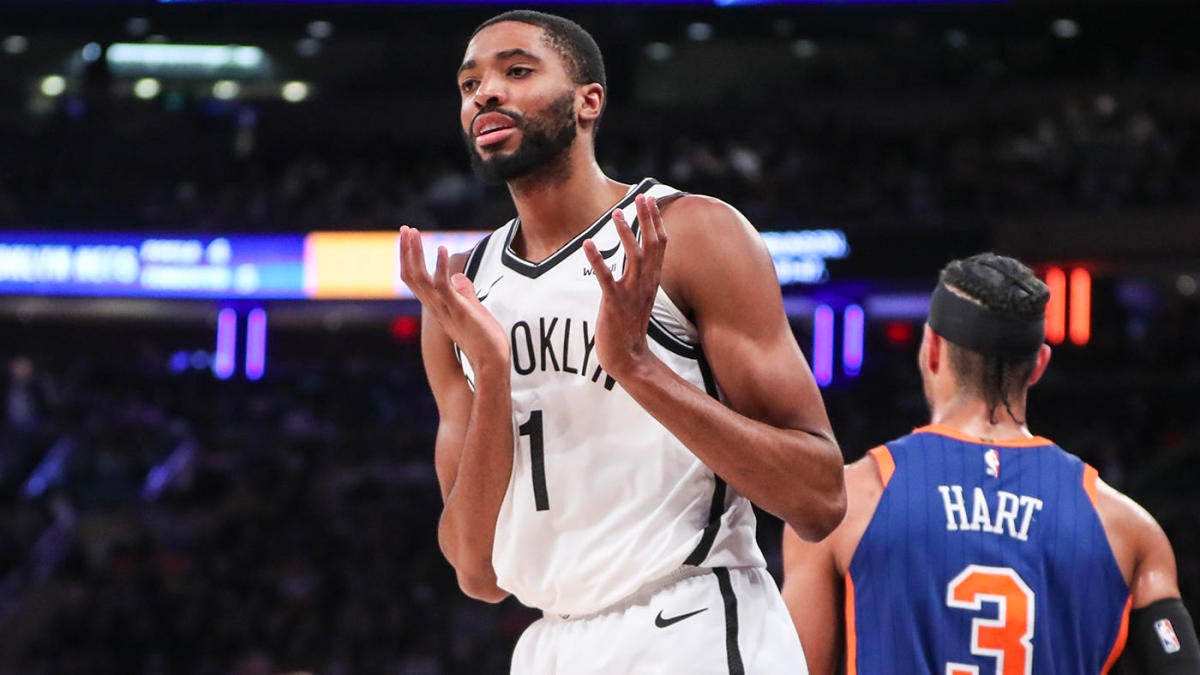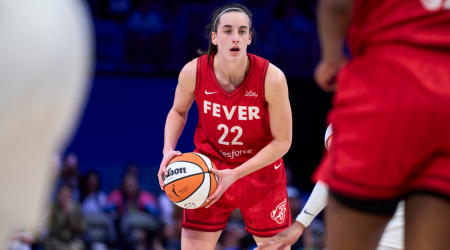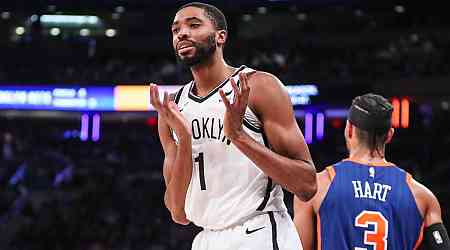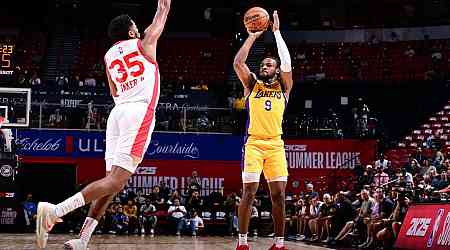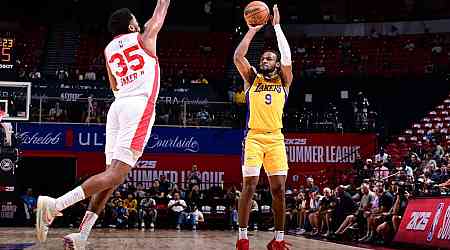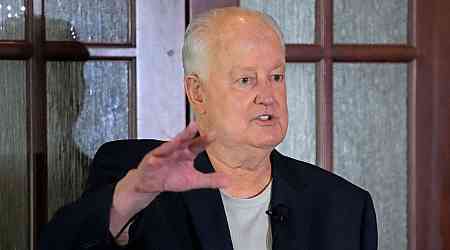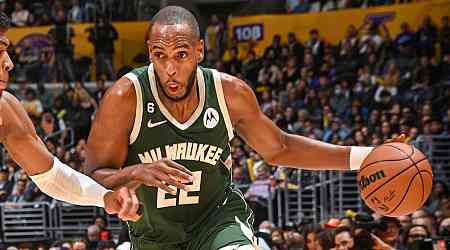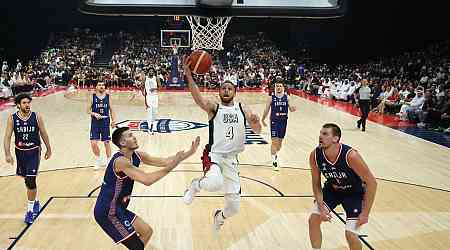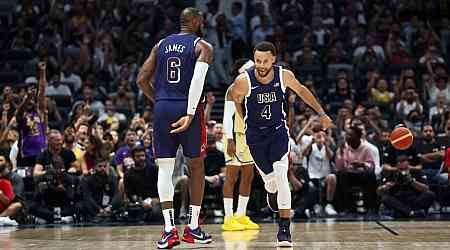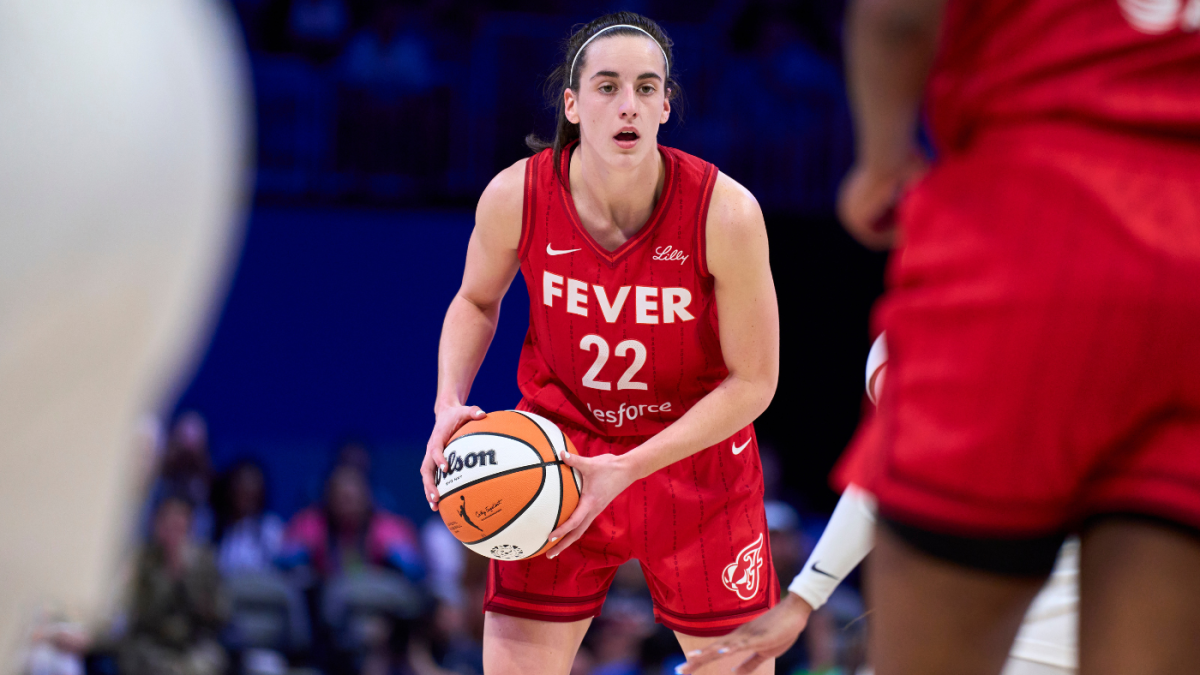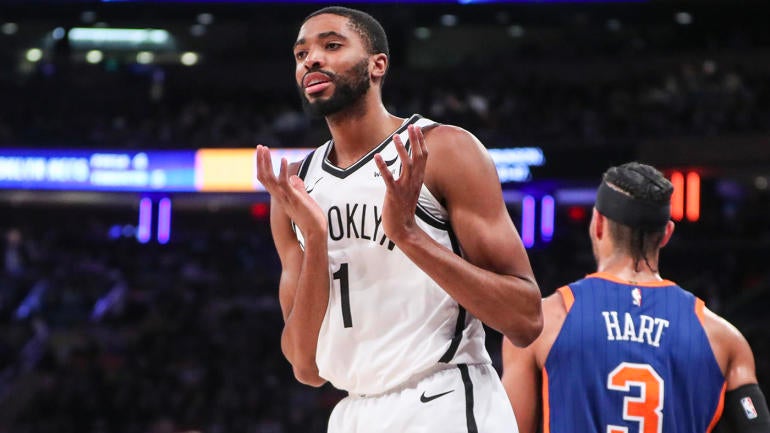
Jalen Brunson took a discount when he re-signed with the Knicks on a four-year, $156 million contract extension last week, and now, he seems to have set a precedent in New York. One of his fellow Villanova stars, Mikal Bridges, will become eligible for an extension soon, and sure enough, according to Marc Stein, he is also expected to leave some money on the table. Given the sheer volume of talent playing at Madison Square Garden right now, these savings will do a lot of good for a Knicks team that figures to compete for championships moving forward.
Of course, it's worth pointing out here that Bridges, like Brunson, is underpaid on his current deal. In 2021, he signed a four-year, $90 million rookie extension with the Phoenix Suns that looked outdated the moment he agreed to it. Bridges would likely command a max salary on the open market right now, so even if he is willing to leave money on the table here, he probably isn't going to be especially eager to sell himself too short, either. There must be a middle ground here that both helps the Knicks and pays him appropriately.
The curveball here is that, unlike Brunson, Bridges is not even eligible to sign yet. There are three key dates to watch in the Bridges negotiations. On each of those dates, a different sort of contract becomes available to him. So let's go through all three, lay out his options and attempt to figure out what sort of deal he ultimately takes.
Oct. 1: Bridges becomes extension-eligible, but with a catch
Technically speaking, Bridges becomes eligible for a contract extension on Oct. 1. That date is the three-year anniversary of the extension he signed in Phoenix. However, Bridges was traded on July 6. After a player is traded, he is subjected to the NBA's extend-and-trade rules. This means that for six months, he can only sign extensions up to a prescribed amount.
The 2023 CBA made such deals slightly more appealing, but the numbers are still relatively low: the extend-and-trade rules allow a player to sign for up to four total years, gain a 20% raise in the first year of the new deal and get 5% annual raises thereafter. The problem here is that Bridges has two years left on his original contract. This means he could only add two more years in an extension during this six-month period. The total new money he could sign for would be roughly $61.2 million. Here's what his total contract would look like.
| Year | Salary |
|---|---|
2024-25 | $23.3 million |
2025-26 | $24.9 million |
2026-27* | $29.88 million |
2027-28 | $31.37 million |
Total | $109.45 million |
*beginning of extension
The Knicks would obviously be thrilled if Bridges signed at this figure. In the grand scheme of things, it would be preposterously cheap. Even though the numbers get bigger over the years, they still represent a relatively stable percentage of the salary cap when you factor in the projected 10% it is expected to grow annually. Bridges is set to earn roughly 16.6% of the cap this season and 16.1% next, and on this extension, he would jump up to 17.6% in the first season and then back down to 16.8% in the final year. Considering they'd be securing his ages 28-31 seasons, effectively his prime, those percentages look like an enormous bargain.
And that's why Bridges probably isn't going to sign this sort of deal. He wants to help the team. He's giving them a bit too much help at these numbers. There's another wrinkle we need to cover in this space as well. If Bridges were on an expiring contract, he'd be eligible to sign an extension under normal veteran extension rules after this six-month extend-and-rule window expires. That would have allowed him to re-sign for roughly $113 million over three new years.
The problem is that only players on expiring deals are eligible to extend during the season. As Bridges has two years left on his contract, he can't extend after opening night. So if he wants to re-sign this offseason, this is the best he can do. If he wants to re-sign next offseason, though, the contract becomes far more lucrative.
July 1, 2025: Bridges can sign a typical veteran extension
Bridges will be working under very different circumstances once the league year flips to 2025-26 for a number of reasons. First of all, those extend-and-trade limits will be gone. That opens him up to typical veteran extension guidelines, which allow for a 40% raise in the first new year of the deal, followed by 8% raises afterward. Second, he'll be in the final year of his contract. That means he could extend during the 2025-26 season if he wants, but it also means that he can add four new years to his deal instead of two. That would guarantee him around $156 million over four new years and around $181 million in total, with the final year of his current contract included.
| Year | Salary |
|---|---|
2025-26 | $24.9 million |
2026-27* | $34.86 million |
2027-28 | $37.65 million |
2028-29 | $40.44 million |
2029-30 | $43.23 million |
Total | $181.08 million |
*beginning of extension
This is probably the best compromise between team-friendly and Bridges-friendly. On New York's end, the appeal is obvious. It locks Bridges into a sub-max deal that would probably rise by less annually (8%) than the cap (10%) through his age-32 season. Given his scarce position and history of durability, they could feel relatively comfortable that they are getting his prime years here.
For Bridges, it comes a lot closer to paying him his maximum value, but it also carries enough flexibility to ensure that he can get one big contract after this if he wants it. Brunson got a player option in the final year of his deal that will allow him to enter free agency with 10 years of experience, which is conveniently when his maximum salary becomes 35% of the cap. Under this sort of extension, Bridges could take a similar approach by putting a player option after his 11th season. That could get him back onto the market when he's old enough to maximize his earnings but young enough to still have quite a bit of value. If he wanted, he could even structure this as a three-year extension with a player option on the third season to get him to free agency at the same time as Brunson. That's a compromise the Knicks would surely make.
If this amount doesn't suit Bridges, he can get more by waiting one extra year.
June 30, 2026: Bridges becomes a free agent
Thus far, we've only covered extensions. If Bridges plays out the two final years of his contract, he becomes eligible for unrestricted free agency in 2026. At that point, he would be free to re-sign with the Knicks on a five-year deal starting at 30% of the salary cap with 8% annual raises. With another team, he could sign for only four years and get only 5% annual raises. At his max, based on the projected 2026-27 cap, Bridges could earn as much as $296 million.
| Year | Salary |
|---|---|
2026-27 | $51.03 million |
2027-28 | $55.12 million |
2028-29 | $59.2 million |
2029-30 | $63.28 million |
2030-31 | $67.61 million |
Total | $295.99 million |
It's important to note here that Bridges wouldn't have to take the max if he reached free agency. OG Anunoby didn't. He re-signed in New York for $212.5 million when his max—which he had the leverage to command given league-wide interest and how much the Knicks gave up to get him—was around $244.6 million. It's possible that Bridges takes a similar approach: wait it out until free agency so that he is not technically limited in terms of what he can get, hear New York's roster-building plans, and then sign a deal that maximizes his earnings while leaving enough on the table for the Knicks to make whatever other moves he approves of them making. The obvious benefit to this, aside from the extra money, is the theoretical roster control it grants. If Bridges wants the Knicks to sign or re-sign a specific player, he can give them the money to do so.
An extension seems more likely for now, but considering how underpaid Bridges currently is, we can't rule out the possibility that he wants more than an extension can pay him. There's also the possibility that something that happens on the court between now and any of these dates changes his thought process or the team's. That's the danger of planning for an extension before one becomes legal. The NBA is distressingly chaotic.
In the end, the reporting that Bridges is going to do something to help the Knicks out financially makes sense. He wanted to be in New York. They presumably did their homework before trading five picks for him, and perhaps his willingness to take a bit less is what motivated that enormous trade package. The four Villanova Knicks want to stay together and win together for the long haul. Brunson did his part. Now, it seems as though Bridges is prepared to do his as well.


















